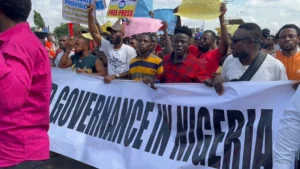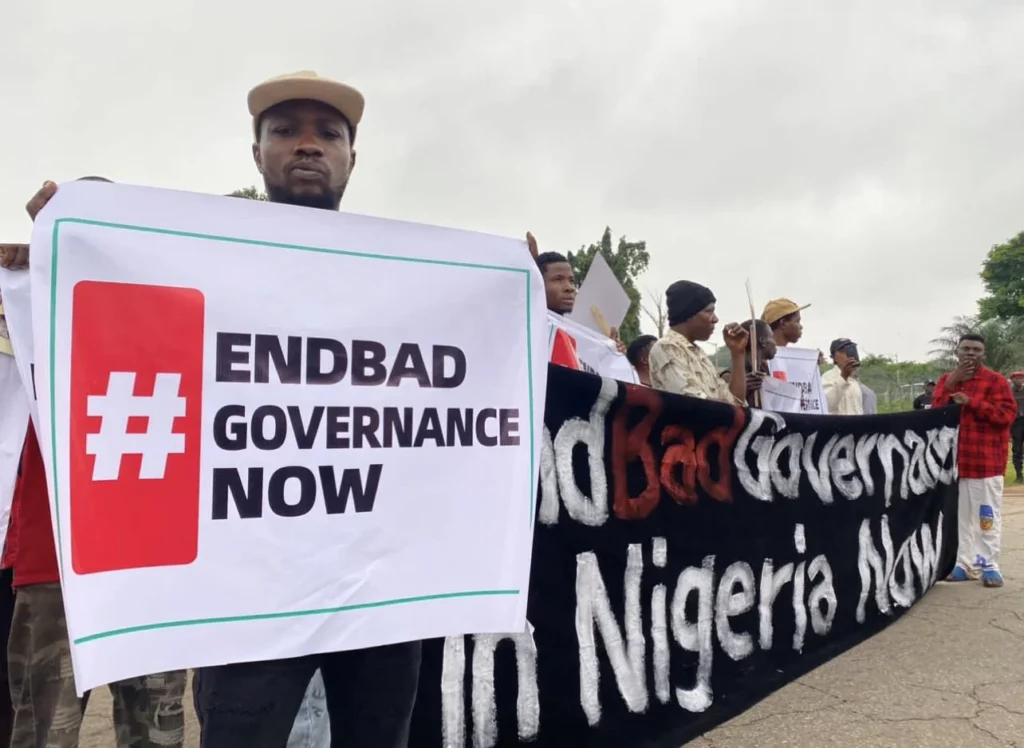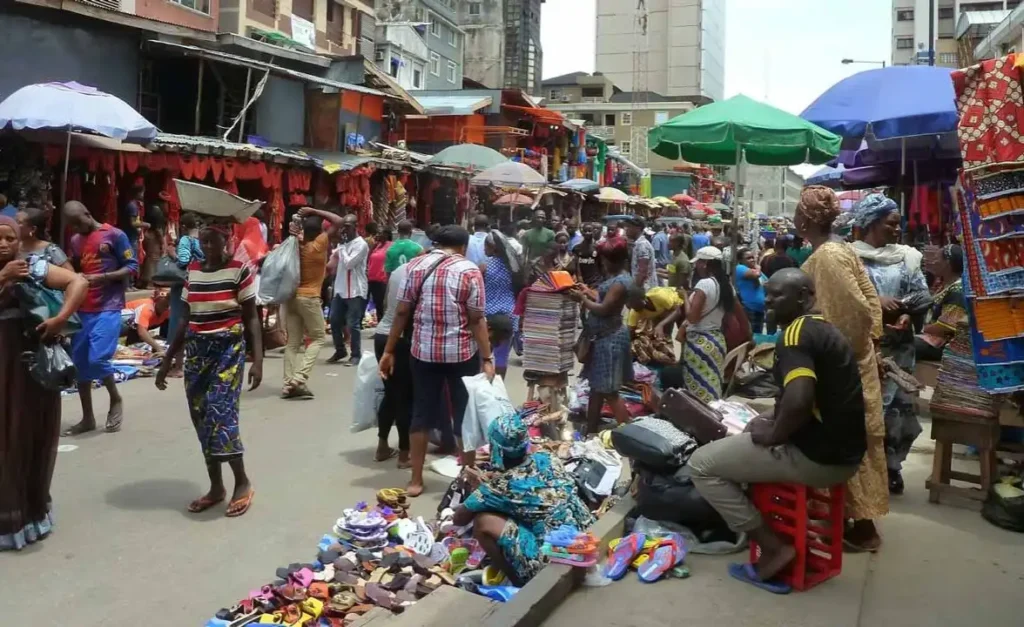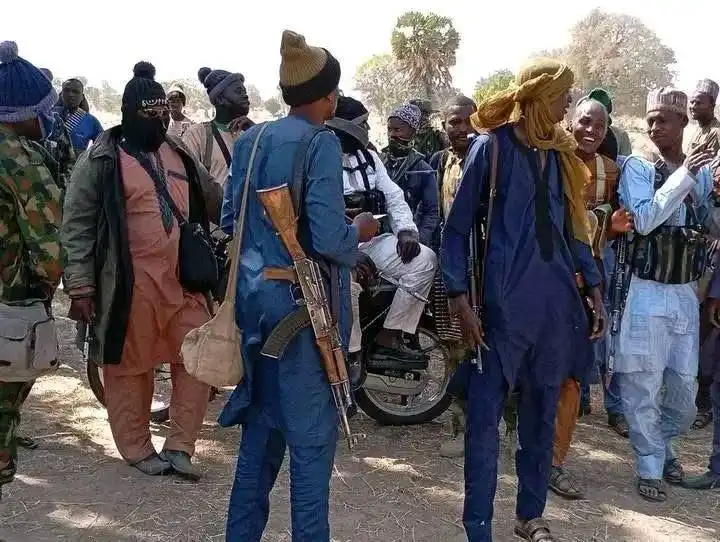Nigerians in multiple cities staged a new wave of demonstrations under the hashtag #EndBadGovernanceProtests, expressing anger and discontent over the abrupt removal of fuel subsidies and the escalating inflation that followed. The protests, reminiscent of the historic #EndSARS movement of 2020, reignited calls for economic justice, policy transparency, and more responsible governance.
The demonstrations came in response to President Bola Ahmed Tinubu’s announcement during his inaugural address in May that the government would discontinue fuel subsidies. This decision immediately caused petrol prices to more than double, impacting transportation, food, and basic living expenses for millions across the country.
Protesters Call for Urgent Government Action
Thousands of citizens took to the streets in Lagos, Abuja, Kano, Port Harcourt, Enugu, and other major cities, demanding:
-
Reversal of the fuel subsidy removal policy.
-
Concrete steps to combat inflation and stabilize the economy.
-
Enhanced support for low-income households.
-
Transparent governance and responsible use of public funds.
Many protesters, including civil society organizations, students, and labour unions, criticized the government for failing to introduce adequate cushioning measures before ending the subsidy. Demonstrators chanted slogans, displayed placards, and called out what they described as anti-poor policies that placed the burden of economic reform squarely on the shoulders of the struggling masses.

Fuel Price Surge Triggers Economic Ripple Effects
The removal of the subsidy saw petrol prices shoot up from approximately ₦185 per litre to over ₦500, sparking a chain reaction of economic strain. Transport fares skyrocketed, food items such as rice, beans, and bread became more expensive, and small businesses reported sharp increases in operating costs.
Many Nigerians—particularly those living below the poverty line—found themselves unable to afford daily necessities. The resulting frustration transformed into public outrage, fueling the momentum of the protests.
Although economic experts had long warned about the costliness and inefficiency of fuel subsidies, critics of the government pointed out that ending them without proper transitional support only deepened inequality.
Government Appeals for Patience, Promises Palliatives
In response to the unrest, the federal government called for calm, urging Nigerians to understand that the subsidy removal was aimed at long-term economic sustainability. President Tinubu and key cabinet members emphasized that the country could no longer afford to spend trillions of naira annually on subsidizing petrol.
To alleviate the immediate pain, the government announced a plan to distribute ₦8,000 monthly to 12 million low-income households for six months. However, the proposed palliative was widely criticized as insufficient, with many arguing it failed to reflect the true scale of economic hardship now faced by citizens.
Labour unions, including the Nigeria Labour Congress (NLC) and the Trade Union Congress (TUC), rejected the proposal and threatened industrial action unless more comprehensive interventions were implemented.
Online Mobilization Rekindles National Movement
The protests gained significant traction through social media platforms, where hashtags like #EndBadGovernanceProtests, #TinubuRemoveSubsidy, and #FuelHike trended for days. Netizens posted videos, photos, and messages from protest grounds, while influencers and activists rallied online support and condemned the government’s economic decisions.
For many young Nigerians, the movement was not just about fuel costs. It symbolized broader frustration with decades of poor governance, institutional failure, corruption, and systemic neglect.
A Broader Call for Political and Economic Reform
While sparked by the subsidy issue, the protests evolved into a comprehensive demand for structural change. Protesters decried the government’s poor handling of inflation, a lack of meaningful youth employment opportunities, decaying public infrastructure, and the widening gap between the rich and the poor.
The movement emphasized that Nigerians were no longer willing to tolerate policies that enriched the elite while ordinary citizens bore the brunt of economic reform. Many called for inclusive policy-making that considered the voices of the people, particularly those most affected by austerity measures.
Conclusion
The #EndBadGovernanceProtests, marked another pivotal moment in Nigeria’s socio-political landscape. As citizens voiced their frustrations through coordinated street demonstrations and digital activism, they reignited national conversations about equity, transparency, and accountability in governance.
Although the government pledged to address the crisis through palliative measures and long-term reform, the protests sent a powerful message: Nigerians demand not just promises, but meaningful action that prioritizes the welfare of the people.






